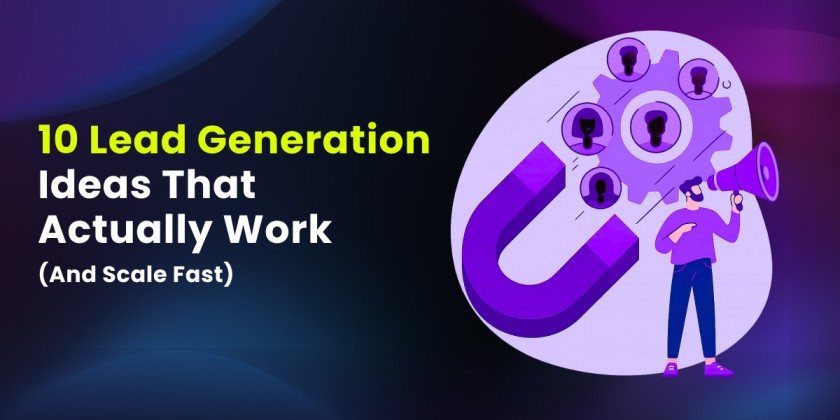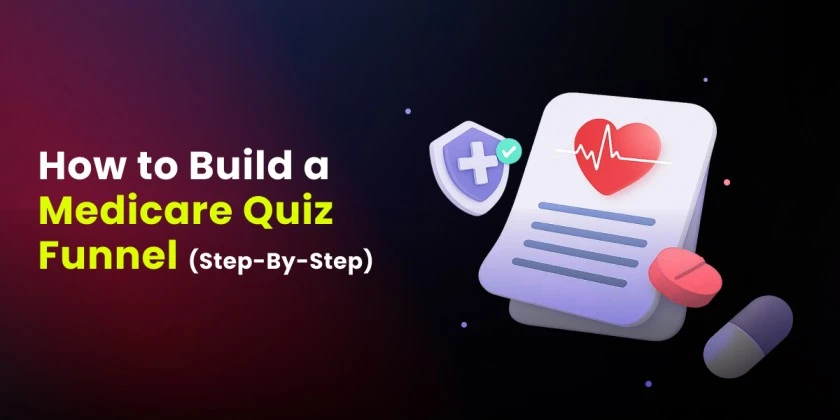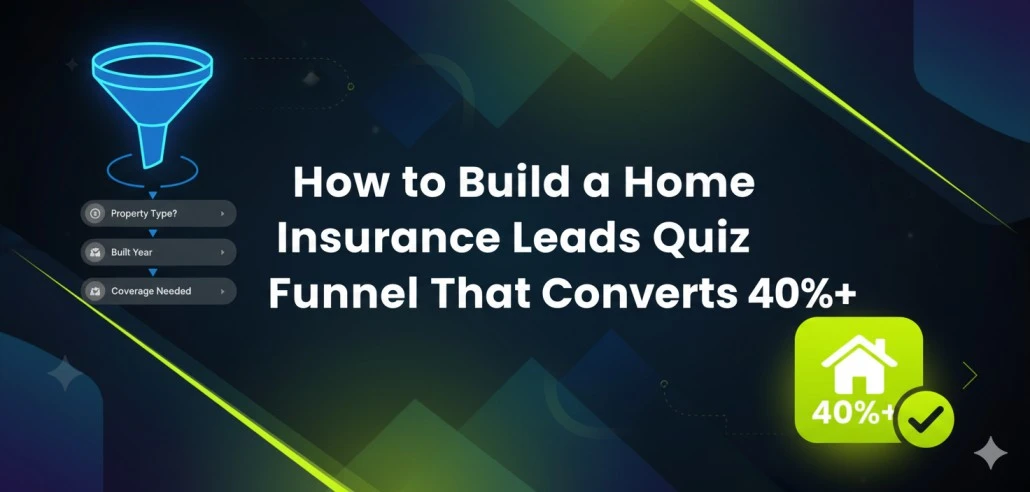In today’s world, the smartest brands aren’t shouting louder; they’re attracting better. That’s where inbound lead generation changes the game. Instead of interrupting potential customers with cold calls, spammy emails, or annoying pop-ups, you create a magnet of value that naturally pulls them toward you. It’s a smarter, more human way to build trust, spark conversations, and turn interest into real revenue. In this guide, I’ll break down exactly how inbound lead generation works, why it’s revolutionizing modern marketing, and how you can build a steady stream of high-quality leads without feeling like a door-to-door salesperson in a digital world. Ready to attract instead of chase? Let’s dive in.
Jump to Section:
Key Takeaways
- Inbound lead generation connects with audiences by aligning with their attitudes and behaviors rather than interrupting them with promotional messages (say goodbye to annoying pop-ups!).
- Different lead types—from Marketing-Qualified to Service-Qualified—help you segment prospects effectively for targeted communication that actually resonates.
- Consistent, strategic application of inbound principles builds a sustainable system for converting prospects into loyal customers who’ll sing your praises.
- Effective management systems transform theoretical inbound leads into measurable business results and ongoing revenue.
- A well-executed inbound lead generation strategy creates a predictable flow of high-quality leads while reducing dependency on outbound tactics.
The Shift from Outbound to Inbound Marketing
The business world has changed a lot. Companies no longer rely on pushing unwanted messages at people. Remember when telemarketers called during dinner? No one misses that. Today’s consumers control what information they take in and how they connect with brands. This has pushed companies to find new ways to talk with clients.
The digital shift has made old outbound marketing methods much less effective. Customers now avoid messages that interrupt them, like they would avoid getting sick. This big change has brought us inbound lead generation—a fresh approach that puts what customers need at the heart of business plans.
Unlike outbound lead generation that pushed products by interrupting people, inbound focuses on adding value and building connections before any sales talk starts. It’s like dating: you don’t ask someone to marry you right after the first date, right?
What Is Inbound Lead Generation?
Inbound lead generation means attracting prospects by creating and sharing useful, relevant content made to address your target audience’s needs, problems, and interests. While outbound marketing pushes messages out (like yelling into empty space), inbound methods pull possible buyers to your business when they’re actively looking for answers.
This content strategy approach understands that today’s buyers want to research on their own before talking to sales team members. They aren’t just sitting around waiting for marketing messages. They research online, read what others think, look at different options, and often get close to making buying decisions before they contact a company.
Let’s be honest—people would rather search engines like Google for answers than talk to a salesperson. I know I would.
By setting up your company as a trusted helper and offering valuable content when needed, you build trust even before prospects are ready to buy. Your content answers their questions, helps with their problems, and shows your know-how. This makes you a trusted source in your field.
Think of yourself as the smart, helpful expert in your industry, sharing knowledge from your online space.
The inbound methodology operates through several interconnected elements:
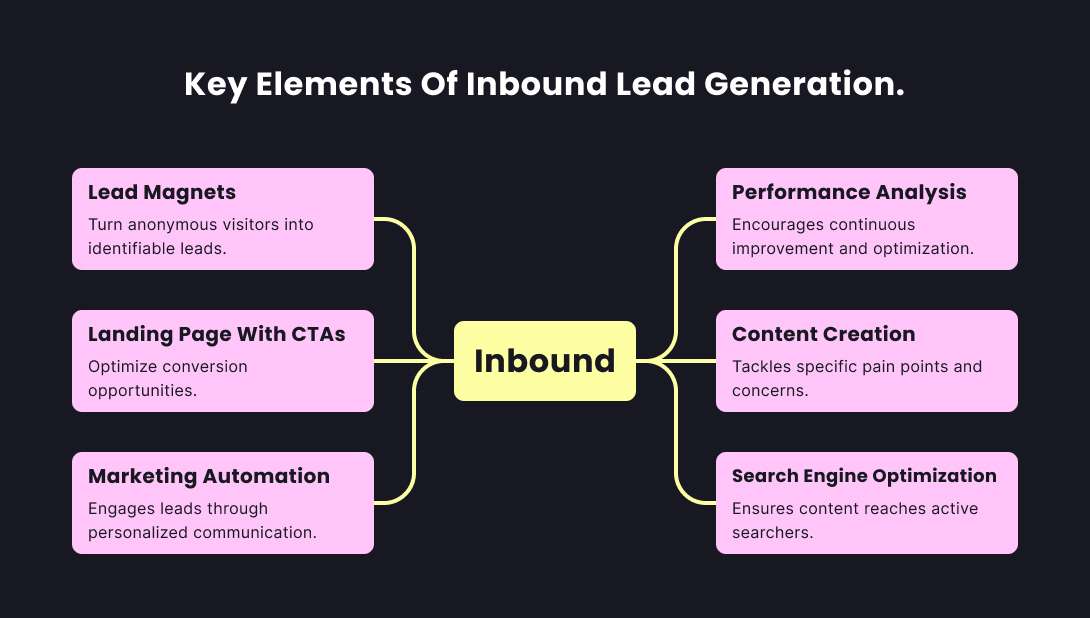
- Content creation that addresses specific pain points and questions
- Search engine optimization that ensures your content reaches active searchers
- Lead magnets that convert anonymous visitors into identifiable contacts
- Landing pages with compelling CTAs that maximize conversion opportunities
- Marketing automation that nurtures leads with personalized communication
- Performance analysis that enables continuous optimization
When working together, these elements form an approach that regularly beats old-fashioned methods. The result? Better inbound leads, improved conversion numbers, and customer relationships that last longer.
Inbound Marketing Stages: Attract, Convert, Close, Delight
The inbound methodology isn’t just a random collection of tactics. It’s a structured approach that maps to how modern buyers make decisions.
Let’s break down these four essential stages:

Attract
This is where you create helpful content that pulls prospects toward you. Think educational blog posts, SEO-optimized web pages, and social media content that addresses questions your ideal customers are already asking. The goal is transforming strangers into website visitors who recognize that you understand their challenges.
Convert
Once visitors are exploring your digital presence, it’s time to collect contact details by offering something valuable in return. This is where strategic CTAs, landing pages, and lead magnets become essential. It should provide enough value to justify sharing contact information.
Close
At this stage, marketing hands qualified leads to sales for further nurturing. With permission established, you can provide targeted content that moves prospects closer to purchase readiness. Smart email workflows, CRM tracking, and sales alignment help transform leads into customers who see your solution as the logical choice for their needs.
Delight
The journey doesn’t end at purchase. In fact, that’s just the beginning of a valuable relationship. By continuing to provide exceptional value through customer service, ongoing education, loyalty programs, and community building, you turn customers into enthusiastic promoters who not only return but also refer others to your business.
When all four stages work together seamlessly, you create a sustainable growth engine that generates predictable results without resorting to interruption tactics. It’s about providing the right information at the right time to help prospects make informed decisions.
Transform Your Lead Generation Today
See how our landing page builder helps you draw in the right leads, earn genuine trust and turn interest into revenue without cold calls or spam.
Inbound vs. Outbound: A Strategic Comparison
To fully appreciate inbound lead generation, it helps to contrast it with traditional outbound approaches:
Outbound lead generation relies on proactive outreach through cold calling, unsolicited emails, interruptive advertising, and trade shows. This method assumes companies know which prospects need their solution and when.
However, it typically reaches people who aren’t actively seeking solutions, resulting in lower engagement rates, higher acquisition costs, and potential brand damage from unwanted interruptions.
Inbound lead generation creates resources that prospects discover during their search for information or solutions.
By aligning content with customer needs and company expertise, you attract self-qualified leads who have already identified problems or opportunities. This improves lead quality and reduces qualification resources.
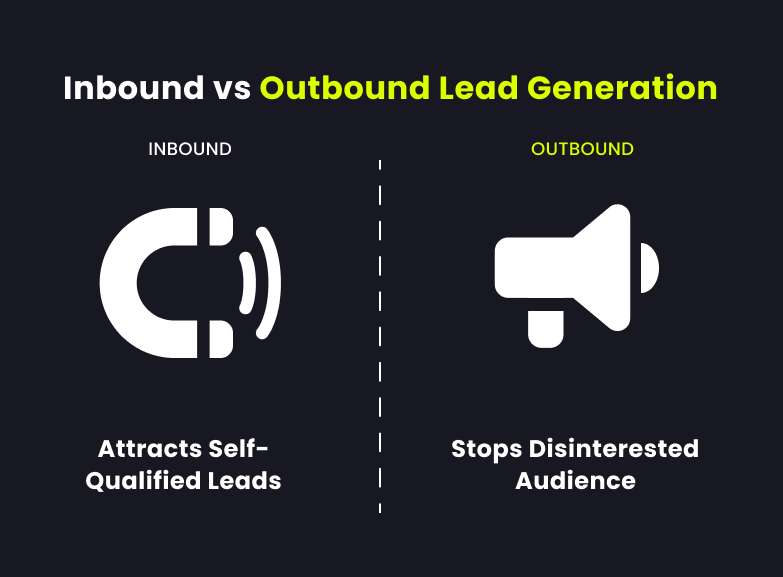
This inbound vs outbound comparison shows why the approach is particularly effective with information-empowered buyers who resist traditional sales tactics and prefer controlling their journey. It creates a “magnetic” brand presence that naturally attracts genuine interest rather than forcing attention through interruption.
Inbound Lead Generation Advantages Across Business Models
While inbound methodology offers universal benefits—higher quality leads, lower acquisition costs, and trust-based relationships—the specific advantages vary across different business models.
Understanding how inbound applies to your particular context helps optimize your approach.
B2B Inbound Advantages
Inbound strategies excel in business-to-business contexts involving:
- Multiple stakeholders with different priorities to satisfy
- Longer sales cycles with extensive research phases
- Higher-value transactions justifying thorough due diligence
- Complex solutions requiring educational content
- Emphasis on expertise and thought leadership
Research from Gartner reveals a striking fact about B2B buying habits. Buyers spend just 17% of their purchase journey meeting with possible suppliers. Even more telling, they spend only 5% (or possibly less) with any single sales representative.
Most B2B purchases occur with minimal supplier interaction. Companies must therefore create discoverable educational content to capture prospect attention.
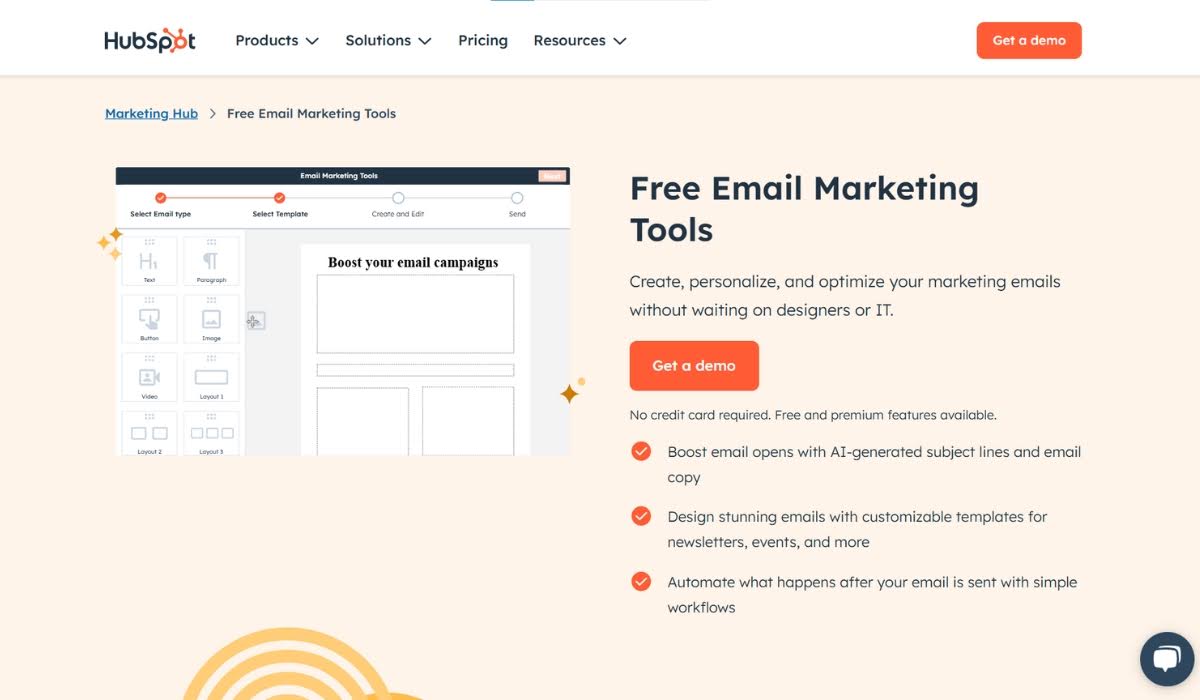
Buyers who encounter useful materials addressing their specific challenges naturally develop confidence in a provider’s expertise. This established credibility becomes a significant competitive edge once prospects enter the active purchasing phase.
B2C Inbound Advantages
For business-to-consumer companies, inbound marketing offers distinct benefits:
- Direct emotional connection with end consumers through relatable content
- Ability to leverage lifestyle aspirations and personal identity in messaging
- Opportunities for user-generated content and authentic testimonials
- Potential for viral sharing across social media platforms, extending organic traffic
- Typically shorter conversion cycles compared to B2B relationships
- Natural integration with loyalty programs and repeat purchase incentives
Today’s consumers split their attention across many devices and platforms. This makes traditional advertising less effective at reaching them.
Inbound marketing helps B2C brands build real connections based on providing value rather than interrupting people. This approach builds communities around common interests and values.
Successful B2C Strategies
Consumer brands get results from inbound marketing by offering content that both entertains and teaches. This content needs to target specific lifestyle challenges their customers face.
Take a fitness brand as an example. They might create a library of workout videos, share weekly meal planning tips, or highlight real customers who achieved their fitness goals. This valuable content draws in potential customers long before they’re ready to purchase any equipment.
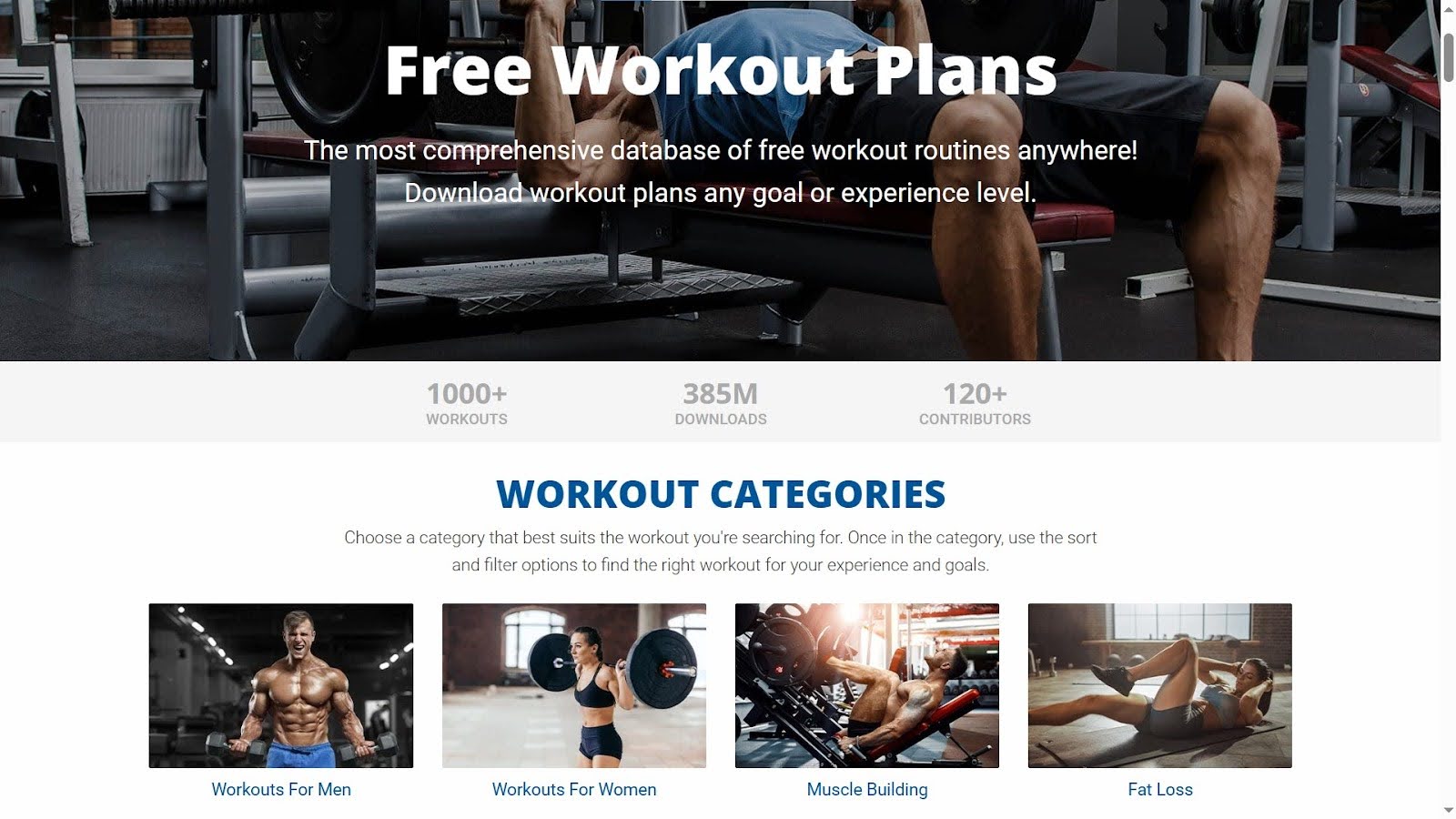
Inbound Lead Generation Benefits for Other Business Models
Inbound methods work well for many different types of businesses:
Direct-to-Consumer (D2C) Brands use inbound to build community and share authentic brand stories that set them apart from competitors. Content that explains how products are made, where materials come from, and what the company values creates transparency that connects with thoughtful consumers.
Educational Institutions use inbound to connect with potential students and parents looking for specific programs or learning environments. Content about career outcomes, student experiences, and application guidance attracts qualified leads while supporting them through long decision processes.
Nonprofit Organizations benefit from inbound approaches that share impact stories, volunteer opportunities, and information about how donations are used. This purpose-focused content attracts supporters who share the organization’s values, creating lasting engagement rather than one-time transactions.
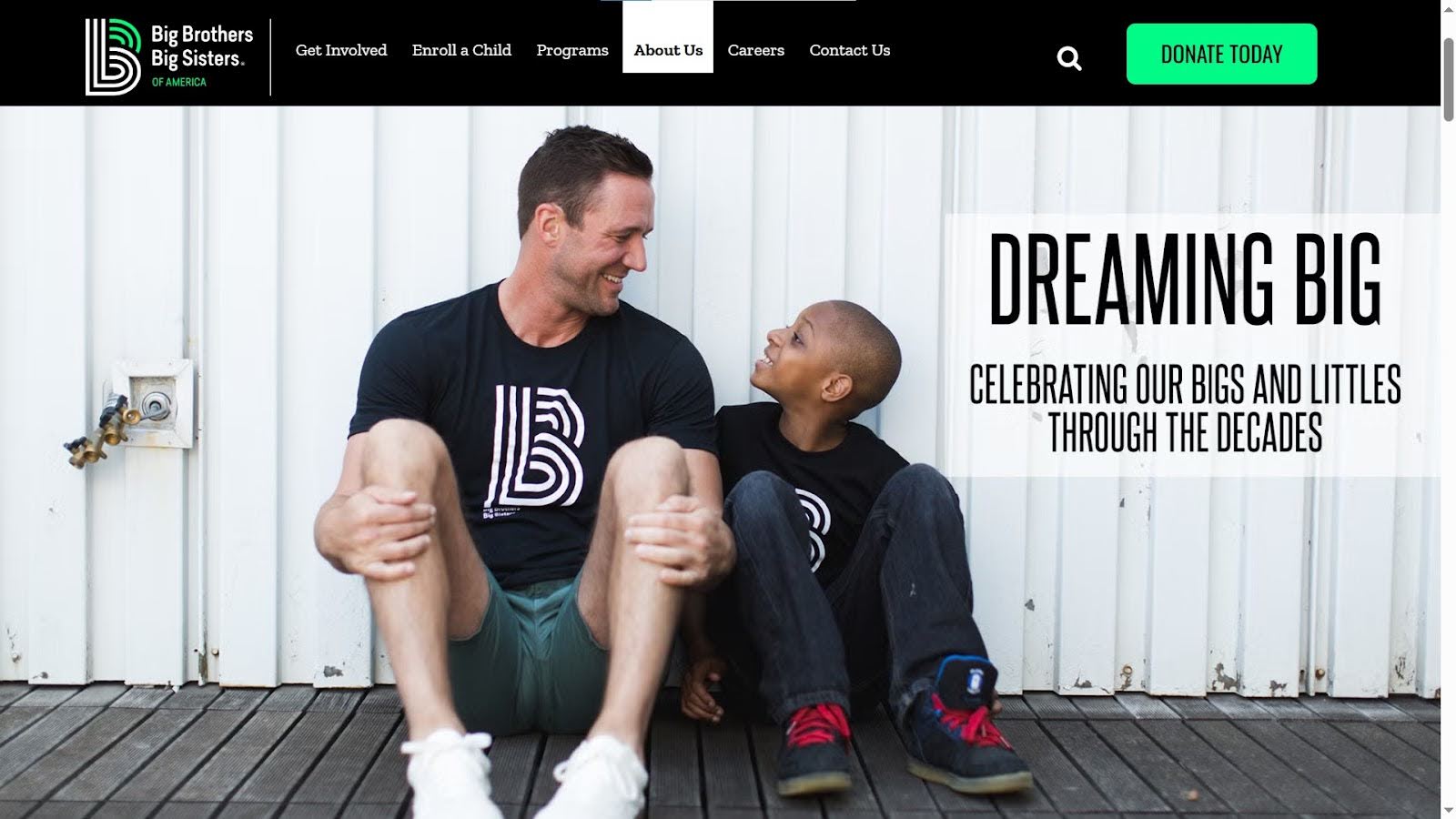
Across all these models, inbound’s focus on giving value before asking for anything works well in today’s skeptical, information-rich world. By showing expertise and understanding specific audience needs, all types of organizations can build the trust needed for meaningful engagement.
Understanding Your Audience (The Foundation of Inbound Success)
Successful inbound lead generation strategies require comprehensive audience research across three key dimensions:
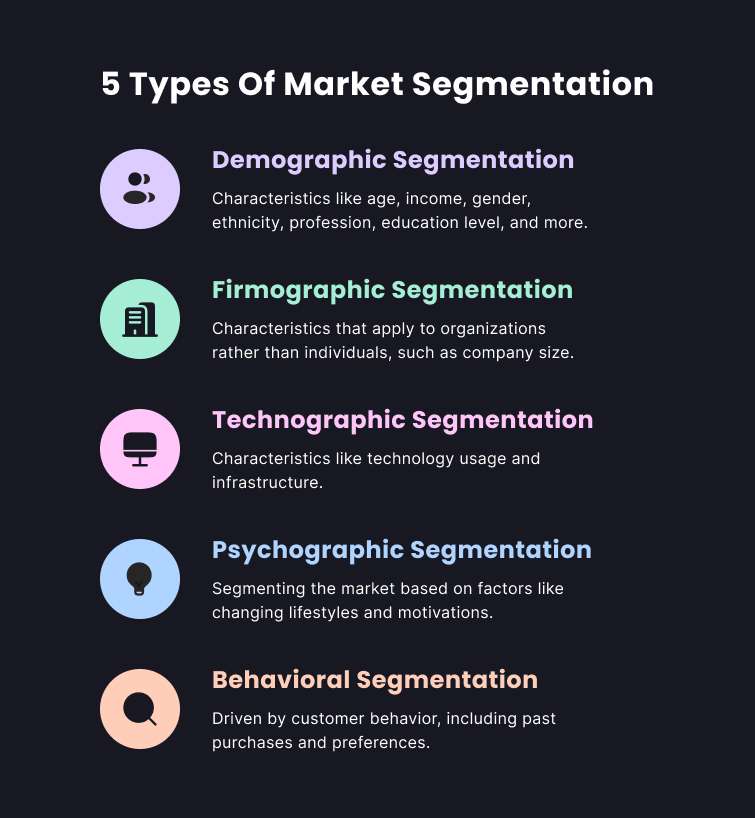
- Demographics: Quantifiable characteristics like age, gender, location, education, and income that help create resonant content aligned with audience realities.
- Psychographics: Subjective factors including values, attitudes, interests, aspirations, and pain points that enable emotional connections beyond simple utility.
- Firmographics: For B2B contexts, organizational attributes such as company size, technology infrastructure, industry positioning, revenue metrics, and business challenges that help position offerings as solutions to specific problems.
- Technographics: The technological characteristics, preferences, and behaviors of your audience, including what devices they use, their technical proficiency, preferred digital platforms, software stack (especially important for B2B), and how they consume digital content. This dimension helps tailor your inbound strategies to match their technological context.
- Behavioral Data: Specific patterns of action that indicate interests, preferences, and habits. The last one includes browsing patterns, content consumption preferences, purchasing frequency, decision-making timelines, and channel preferences. This goes beyond psychographics to focus on actual measurable actions rather than attitudes.
This multifaceted understanding identifies the intersection between customer needs and company expertise, enabling you to create content that addresses genuine needs while establishing brand authority. Without this comprehensive understanding, even well-executed inbound tactics will miss their mark.
The Value Exchange Principle in Inbound Marketing
Inbound methodology operates on progressive value exchange that mirrors natural relationship development:
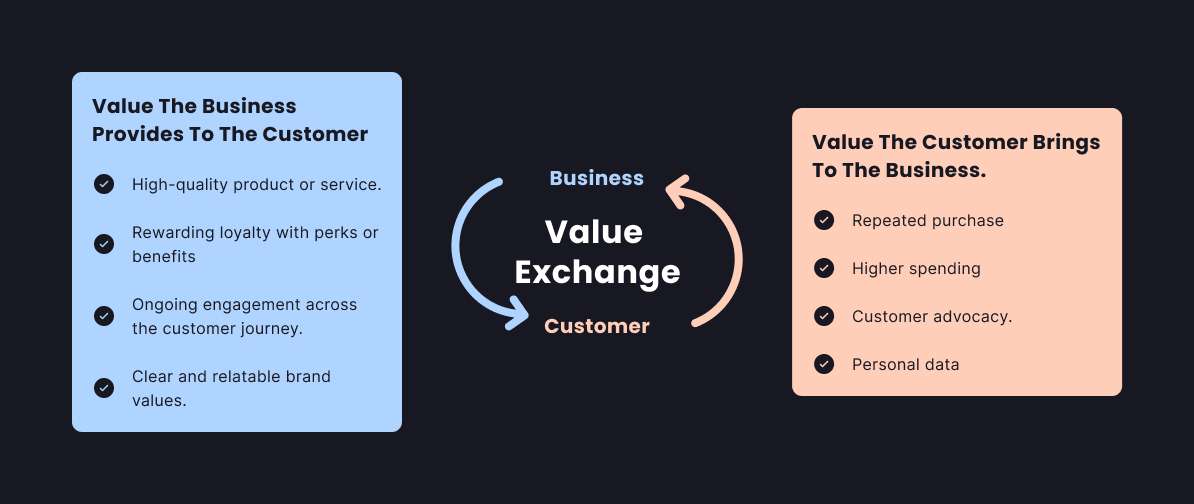
- Initial Value: You give away helpful content without asking for anything back. This creates a good first impression and shows your brand as a resource that helps people. It’s similar to when stores offer free samples: no commitment needed.
- Exchange: When people see how useful your content is, they become more willing to share their contact details to get better resources. These might include guides, reports, online seminars, or useful tools. This turns unknown website visitors into inbound leads you can follow up with. They start thinking, “I like this free content! I’m okay giving my email to get more good stuff.”
- Relationship Building: After this, sales conversations feel more like continuing a helpful relationship rather than unwanted sales pitches. This works because you’ve already shown you’re trustworthy and provide value. By now, they’re practically asking, “So what else you got?”
This lead generation process respects how people make buying decisions today and builds trust before asking them to commit to anything. No awkward first-date proposals here!
The Customer Journey: Mapping the Path to Purchase
Understanding the buyer’s journey allows you to deliver the right content at the right time, meeting prospects where they are in their decision process with information that addresses their current needs.
Recognizing Different Lead Types
Effective lead categorization helps align sales and marketing teams, creating a common language for discussing prospect quality and readiness:
- Marketing Engaged Leads: Individuals who have interacted with your marketing content
- Marketing Qualified Lead (MQLs): Contacts who have shown substantial engagement with your content
- Sales Generated Leads: Prospects identified directly by the sales team
- Sales Accepted Leads: Leads that the sales team has agreed to pursue
- Sales Qualified Lead (SQLs): Prospects that sales has confirmed as viable opportunities
- Product Qualified Leads (PQLs): Users who have experienced value from a product trial or freemium offering
- Service Qualified Leads: Existing customers expressing interest in additional products or services
Recommended Reading: How to Qualify Leads in 5 Simple Steps (With Examples)
For practical purposes, most teams also classify leads by temperature:
- Cold leads: Just becoming aware of your business, requiring educational content with minimal commitment
- Warm leads: Showing interest and engagement through repeated interactions with your content
- Hot leads: Ready or nearly ready to purchase, requiring detailed product information and sales support

Recognizing where someone stands allows you to provide appropriate information at the right time, avoiding the common mistake of pushing sales messages to prospects who aren’t ready.
The Buyer’s Journey Stages
People move through several distinct stages before becoming paying customers, each requiring different types of content and engagement. Marketers call these stages AIDA:
1. Awareness Stage
During this initial phase, someone discovers your business through search engines, social media, recommendations, or advertisements. They’re typically seeking information about a problem or opportunity rather than specific solutions.
Effective content at this stage:
- Educational blog posts addressing common questions
- Helpful videos explaining fundamental concepts
- Social media content that introduces your expertise
- SEO-optimized resources that appear in relevant searches
The goal isn’t to sell yet but to demonstrate understanding and establish initial credibility by addressing the questions prospects are asking.
2. Interest Stage
Once aware of your business, prospects begin considering your offering more carefully, reading deeper content, exploring your website, comparing alternatives, and potentially asking questions.
Effective content at this stage:
- Detailed guides about specific topics
- Case studies showing how you’ve helped similar customers
- Comparison resources that objectively present options
- Email newsletters providing ongoing value
Focus on building connection while educating prospects about potential solutions, helping them understand their options without applying sales pressure.
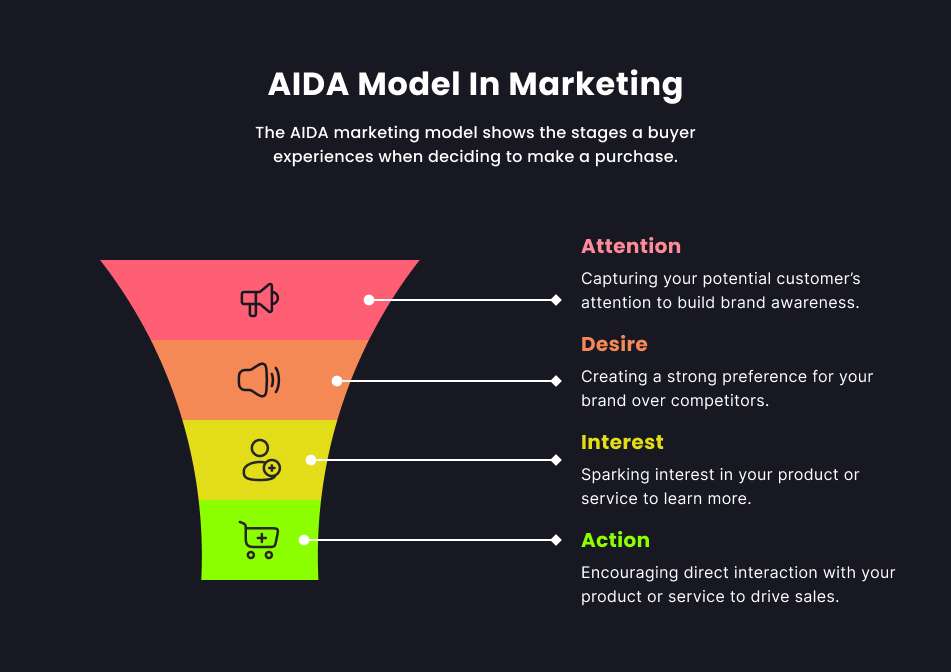
3. Decision Stage
At this point, prospects evaluate options more seriously by examining pricing, reading reviews and testimonials, requesting demonstrations, and speaking with sales representatives.
Effective content at this stage:
- Product comparisons highlighting your advantages
- Customer testimonials addressing common concerns
- Free trials or demonstrations showcasing your solution
- Clear pricing information and implementation guidelines
The focus shifts toward removing obstacles to purchase and providing the specific information needed to make confident decisions.
4. Action Stage
Finally, prospects move through the sales funnel and make purchase decisions by completing transactions, signing up for services, or becoming paying customers.
Effective approaches at this stage:
- Simple, straightforward buying processes
- Clear next steps and implementation support
- Confirmation messages reinforcing the decision
- Immediate onboarding resources to ensure success
Make the transition from prospect to customer as seamless as possible to prevent last-minute hesitation or buyer’s remorse.
Beyond the Purchase
The journey doesn’t end with a sale—the post-purchase experience often determines whether you’ve acquired a one-time buyer or a loyal advocate.
Create happy, loyal customers through:
- Smooth onboarding processes that ensure immediate value
- Responsive customer support addressing any concerns
- Regular follow-ups and success checks
- Opportunities to provide feedback
- Loyalty rewards and exclusive benefits
Satisfied customers not only return for additional purchases but recommend your business to others, creating a sustainable growth cycle through positive word-of-mouth.
16 Effective Inbound Lead Generation Strategies
Now that we understand the foundations of inbound marketing, let’s explore both proven and emerging lead generation strategies that attract, nurture, and convert prospects into customers.
1. Creating an Exceptional Website Experience
Your website is basically your shop window online. It either grabs potential customers or sends them running.
Sure, you need consistent branding and navigation that makes sense, but let’s talk about some next-level stuff you could be doing:
- Self-Assessment Tools: Why not throw together some quizzes that help folks figure out what they’re struggling with? Or some tool that automatically evaluates their website, marketing campaign, or strategies.
These can sneakily qualify inbound leads while they’re at it. Take a Neil Patel’s Ubbesuggest—it whips up a report on your website’s SEO Issues that dishes out personalized tips while quietly collecting lead info.
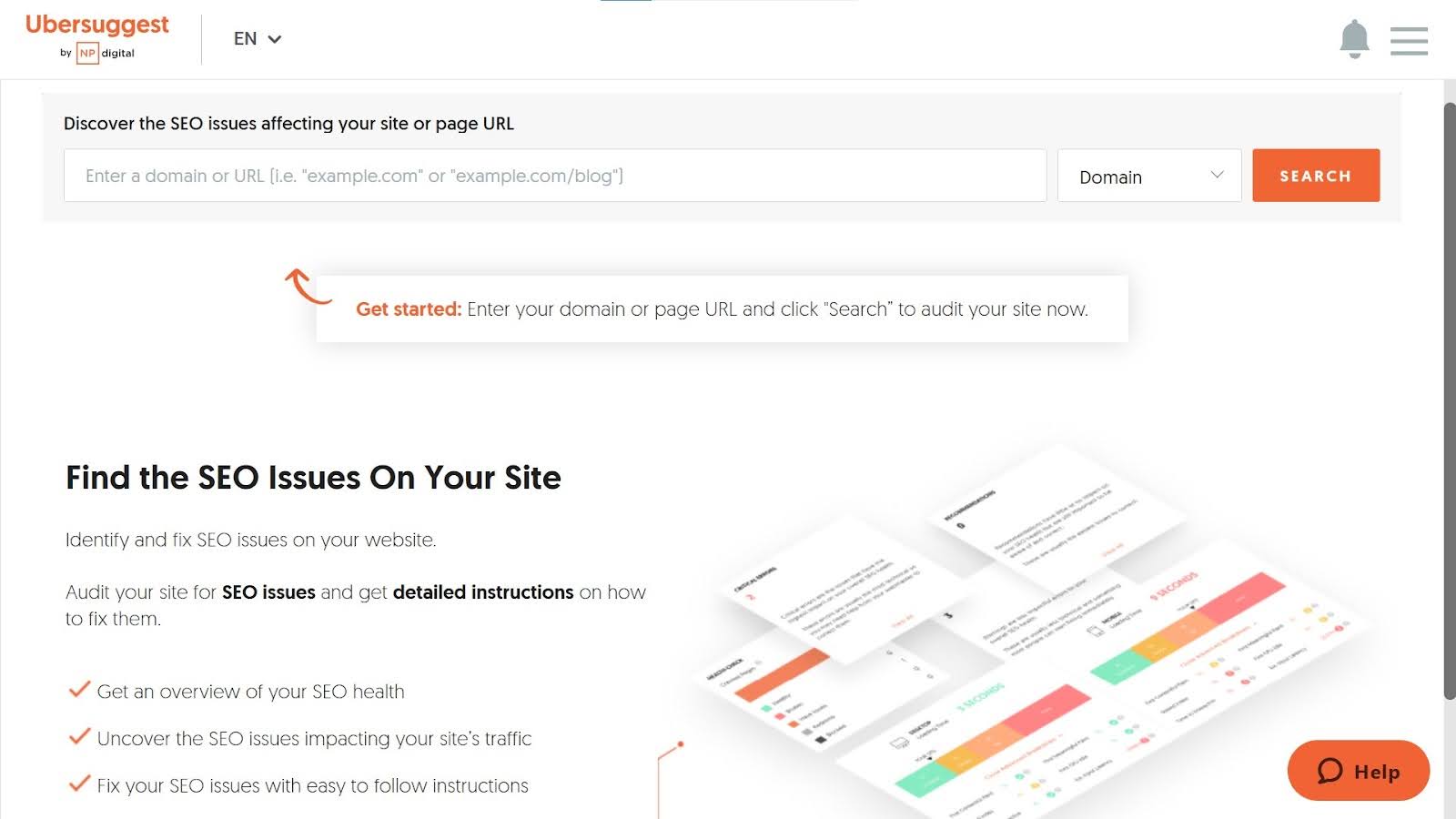
- Dynamic Content Personalization: Get smart with content that shifts depending on what visitors do, where they came from, or if they’ve been there before. Repeat visitors? Show them the advanced stuff. Newbies? Keep it simple.
- Micro-Interactions and Animations: Incorporate subtle interactive elements that respond to user actions, creating engaging experiences that keep website visitors exploring. These small moments of delight improve memorability without sacrificing professionalism.
- Conversational Interfaces: Sprinkle in some little interactive bits that respond when people click or hover. These small touches keep people poking around your site instead of bouncing off to somewhere else.
2. Designing Conversion-Optimized Landing Pages
Landing pages function as dedicated conversion environments that eliminate distractions while guiding visitors toward specific actions. Maximize their effectiveness by:
- Designing with consistent branding that reinforces recognition and trust
- Creating clear, compelling headlines that address specific needs or pain points
- Using social proof to build confidence in your offering (testimonials, client logos, reviews)
- Implementing simple forms that minimize friction and abandonment
- Including only essential information that supports conversion decisions
- Creating action-oriented CTAs with contrasting colors that clearly communicate value and next steps
- Optimizing for mobile users thoroughly and testing across devices
Don’t know how to code? Beginner-friendly page builders like Landerlab offer services for both newbies and veterans in the scene.
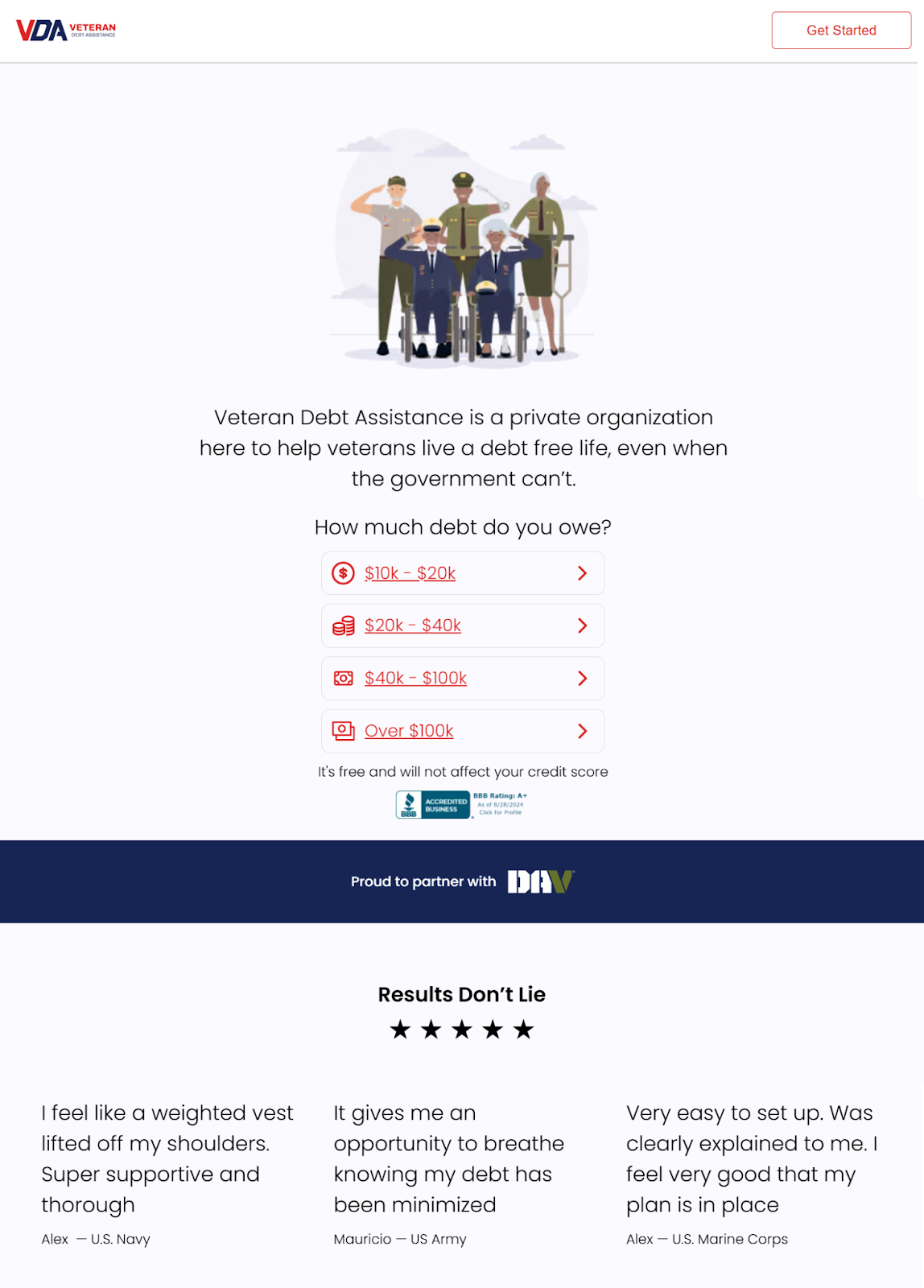
3. Embracing Visual Communication Formats
Modern audiences increasingly prefer visual formats that convey information efficiently and engagingly:
- Create compelling visuals: images, videos, social media reels, and infographics that simplify complex concepts while maintaining accuracy
- Repurpose written content into visual formats to reach different learning preferences and extend content lifespan
- Produce professional product videos that transparently showcase features and applications
- Use consistent visual language (a.k.a. branding) across platforms to strengthen brand recognition
Remember that visual content often serves as the entry point to deeper engagement with your brand—quality production that reflects your brand standards is essential for making positive first impressions and encouraging further exploration.
4. Developing Context-Aware Content
Content marketing remains essential, but today’s most effective inbound strategies go beyond generic resources to provide context-sensitive value:
- Content Ecosystems: Develop interconnected content hubs around core topics rather than isolated pieces. These comprehensive resources establish definitive authority while improving search engine optimization SEO performance through semantic relevance.
- Contrarian Perspectives: Challenge industry assumptions or common practices with well-researched alternative viewpoints. This approach cuts through content saturation by offering fresh perspectives that generate discussion and sharing.
- Real-Time Relevance: Create content frameworks that allow rapid response to industry developments, news events, or emerging trends. This timeliness demonstrates your organization’s agility and expertise in evolving situations.
- Decision-Enabling Content: Create transparent resources specifically designed for the evaluation phase, including honest competitor comparisons, detailed pricing breakdowns, and frank discussions of limitations. This radical transparency builds trust while filtering out poor-fit prospects.
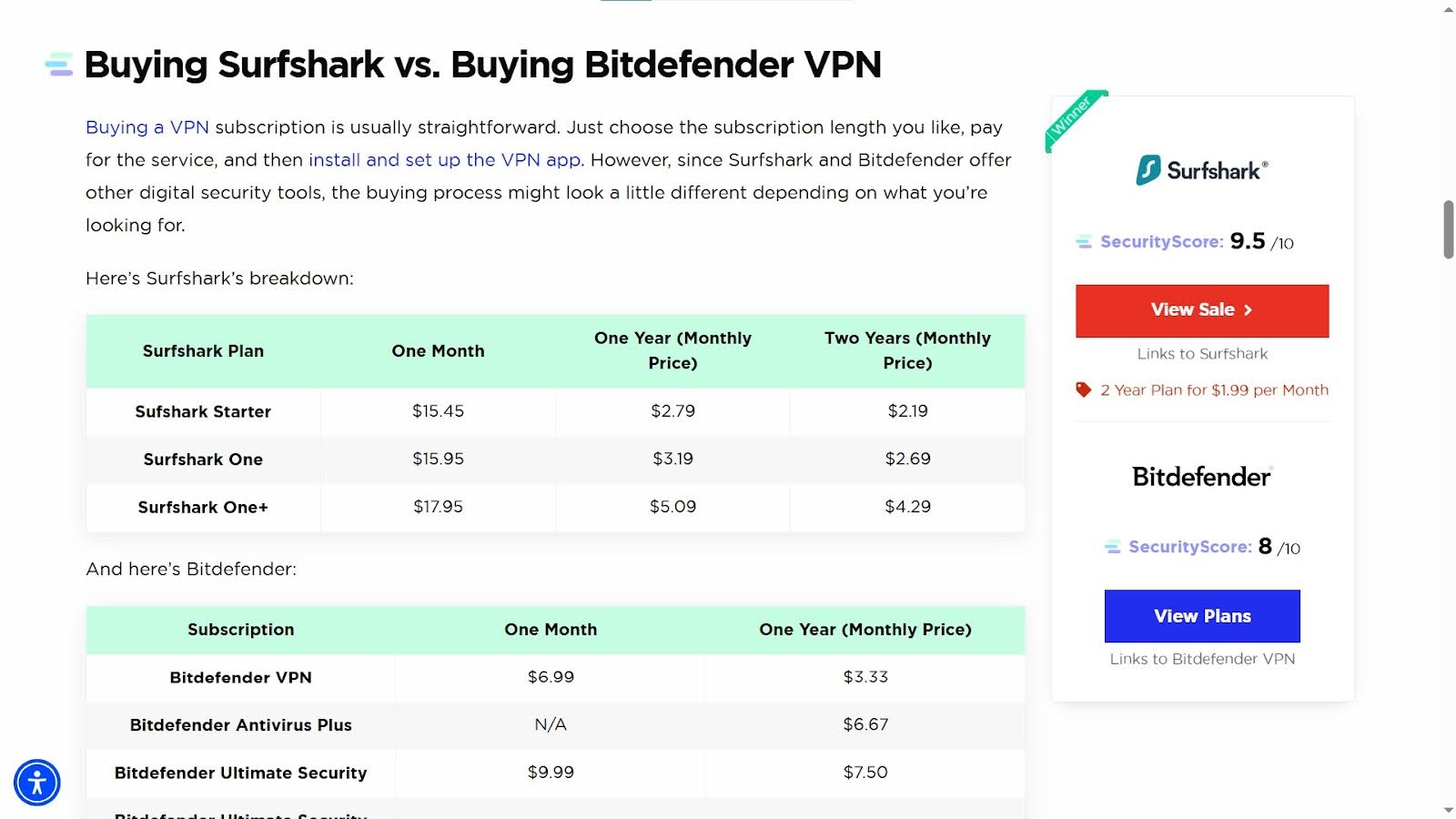
5. Implementing Intent-Based Marketing
Move beyond demographic targeting to focus on behavioral signals that indicate specific purchase intent:
- Search Intent Optimization: Build different content plans for when people are looking for information, trying to find a specific site, or wanting to buy something. Make sure each type has the right path to conversion.
- Behavioral Trigger Campaigns: Set up automatic responses that kick in when someone shows they’re interested—like checking your pricing page, comparing products, or repeatedly looking at certain content.
- Intent Data Integration: Use outside data that shows which companies are actively looking for solutions like yours, even before they visit your website.
- Competitive Alternative Content: Create resources for people who are checking out your competitors, highlighting your strengths and explaining how to switch over.
6. Enacting Comprehensive SEO Strategies
Even the most valuable content remains ineffective if potential customers can’t discover it when they’re searching for solutions:
- Build semantic relevance throughout your site architecture and content ecosystem
- Use proper heading hierarchy and structured data markup to help search engines understand context
- Add descriptive alt text to images, serving both accessibility needs and search indexing
- Develop quality internal linking networks that guide users through logical content pathways
- Build external link relationships that signal authority to search algorithms
- Maintain technical SEO fundamentals: site speed, mobile responsiveness, and security certificates all influence rankings and user experience
- Create a content map to align all the content on your website/blog towards one goal. Here’s an example from The Munro Agency:
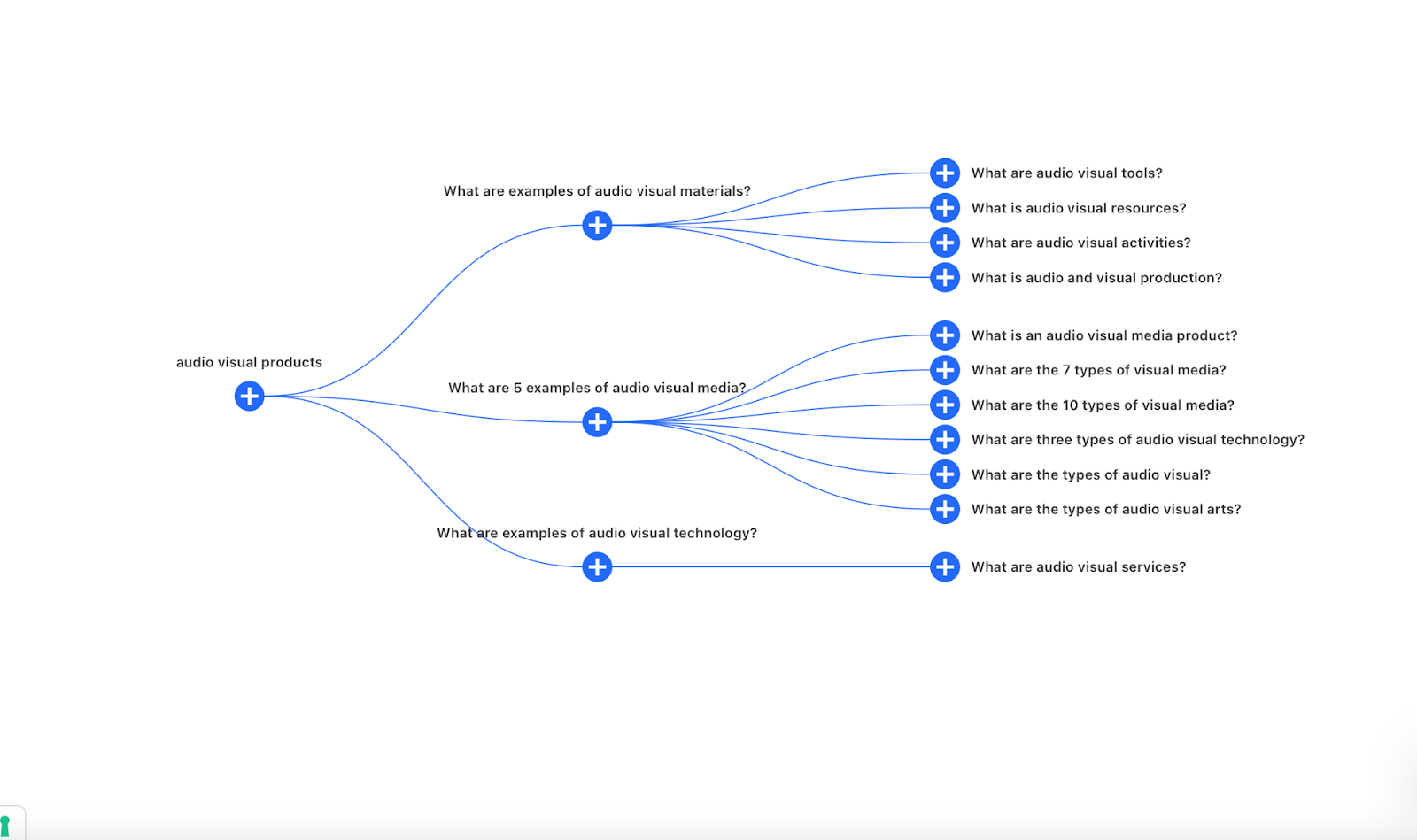
SEO should be viewed not just as a technical requirement but as a fundamental aspect of making your valuable content accessible to those who need it most. When properly executed, it connects your solutions with people actively seeking to solve problems you can address.
7. Developing Platform-Specific Social Media Approaches
Focus resources on platforms where your specific audience segments spend significant time rather than attempting to maintain a presence everywhere:
- Facebook: Performs well with older generations, with strong community-building potential through groups and events
- Instagram: Works particularly well for younger demographics and visually-oriented industries when combined with strategic hashtags
- LinkedIn: Provides powerful organizational and industry-specific targeting for B2B contexts, with emphasis on professional development content
- TikTok and YouTube: Require platform-appropriate video content that respects distinct audience expectations while providing value
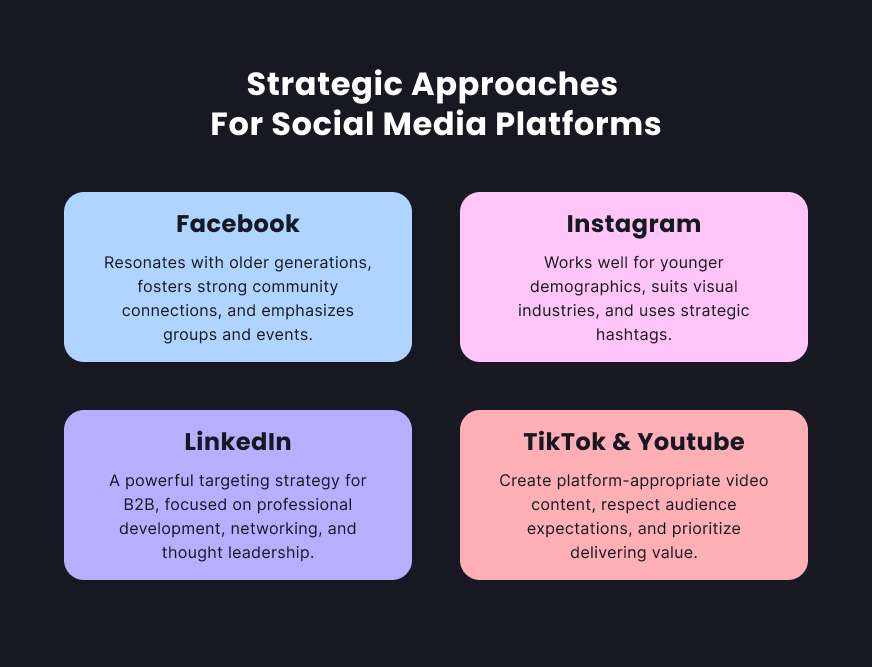
Regardless of platform choice, certain best practices apply universally:
- Maintain consistent posting schedules to build algorithmic visibility and audience expectation
- Create content that educates, entertains, or provokes thought rather than explicitly selling
- Actively encourage audience engagement through questions and discussion prompts
- Monitor analytics continuously to refine strategy based on performance metrics
8. Crafting Strategic Lead Magnets
To transform website visitors into identifiable leads, develop valuable resources worth exchanging contact information to access:
- In-depth guides solving specific industry challenges
- Templates and frameworks simplifying common processes
- Exclusive webinars featuring expert perspectives
- Product demos or samples demonstrating tangible value
- Checklists and quick-reference resources for immediate application
Each lead magnet should target a specific audience segment and buying stage, providing immediate value while positioning your offerings as logical next steps for those seeking more comprehensive solutions.
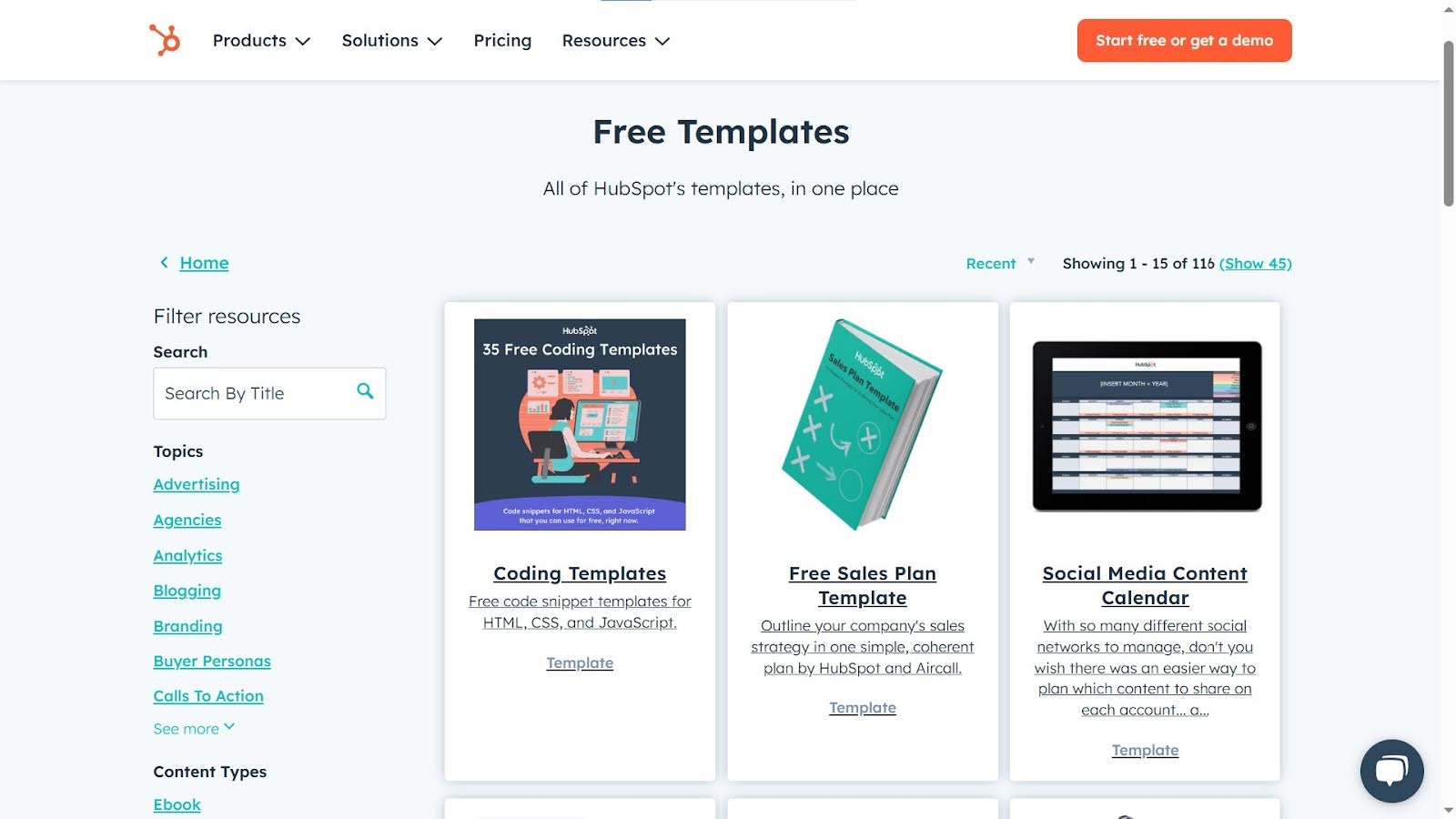
9. Turning Customers into Content Creators
Get your customers involved in your marketing efforts through User Generated Content (UGC). Get these by:
- Community-Driven Content Hubs: Build spaces where customers can share their stories and tips, creating authentic content while fostering a sense of belonging.
- Co-Creation Initiatives: Bring customers into product development, feature planning, or content creation through team projects that strengthen their connection to you and create valuable materials.
- Customer Challenge Programs: Create structured ways for customers to document how they use your product, producing real-world success stories.
- Incentivized Testimonial Systems: Implement systematic approaches to collecting detailed success stories at key satisfaction moments in the customer lifecycle.
GoPro is the poster boy for this type of marketing.
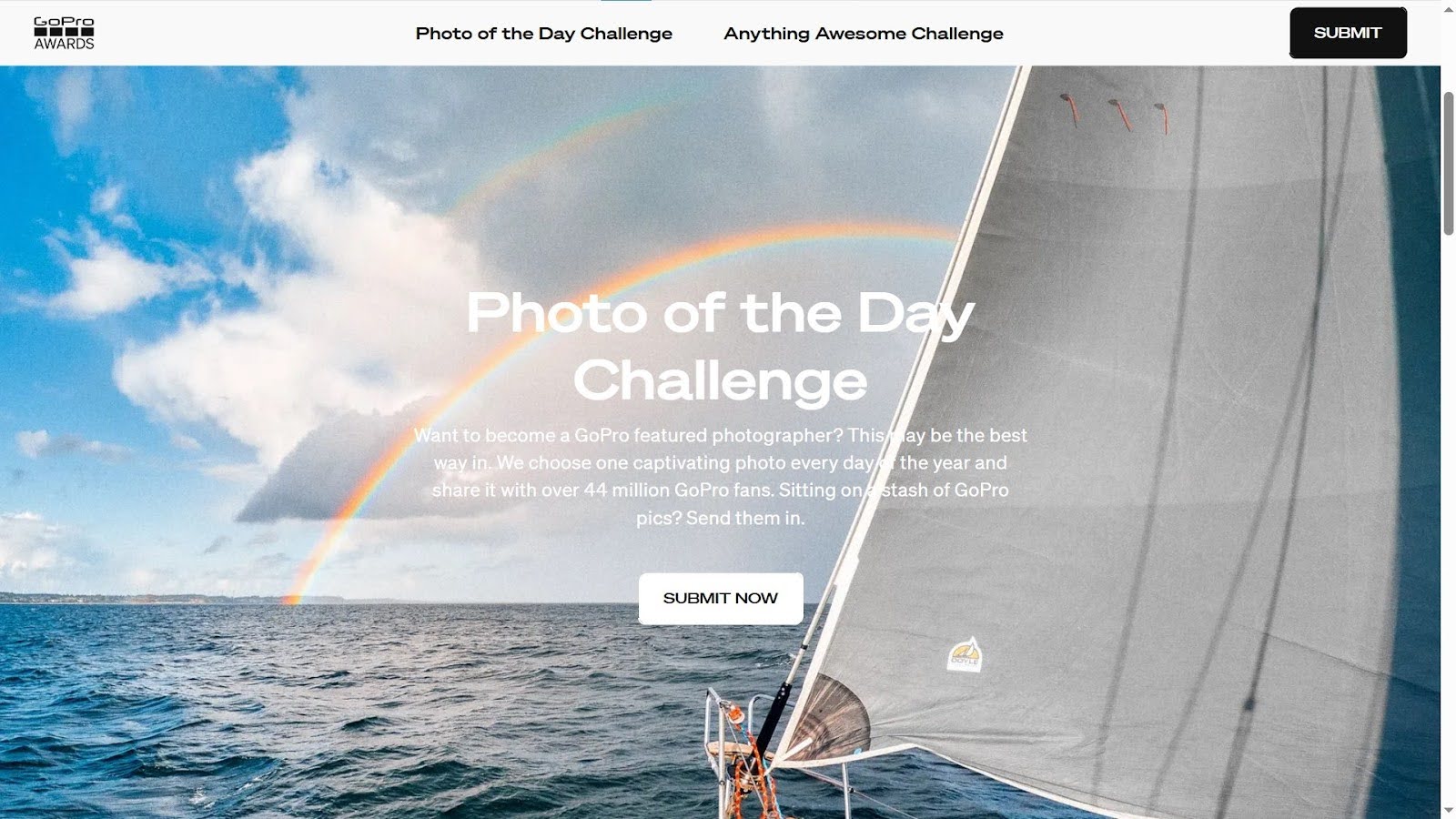
10. Using Conversational Marketing
Skip the boring forms and start real conversations to generate inbound leads:
- Intelligent Qualification Chatbots: Use smart chat tools that qualify inbound leads through natural conversation instead of form fields, changing questions based on what the person says.
- Asynchronous Messaging Options: Let prospects start conversations and come back to them later on any device, respecting their timeline instead of forcing immediate interaction.
- Contextual Handoff Protocols: Develop seamless transitions from automated to human conversations, with complete context transfer that prevents repetitive questioning.
- Direct Scheduling Integration: Cut out the email ping-pong with scheduling tools that connect qualified leads directly to the right team members. Allowing potential customers to book a demo is a great example of this.
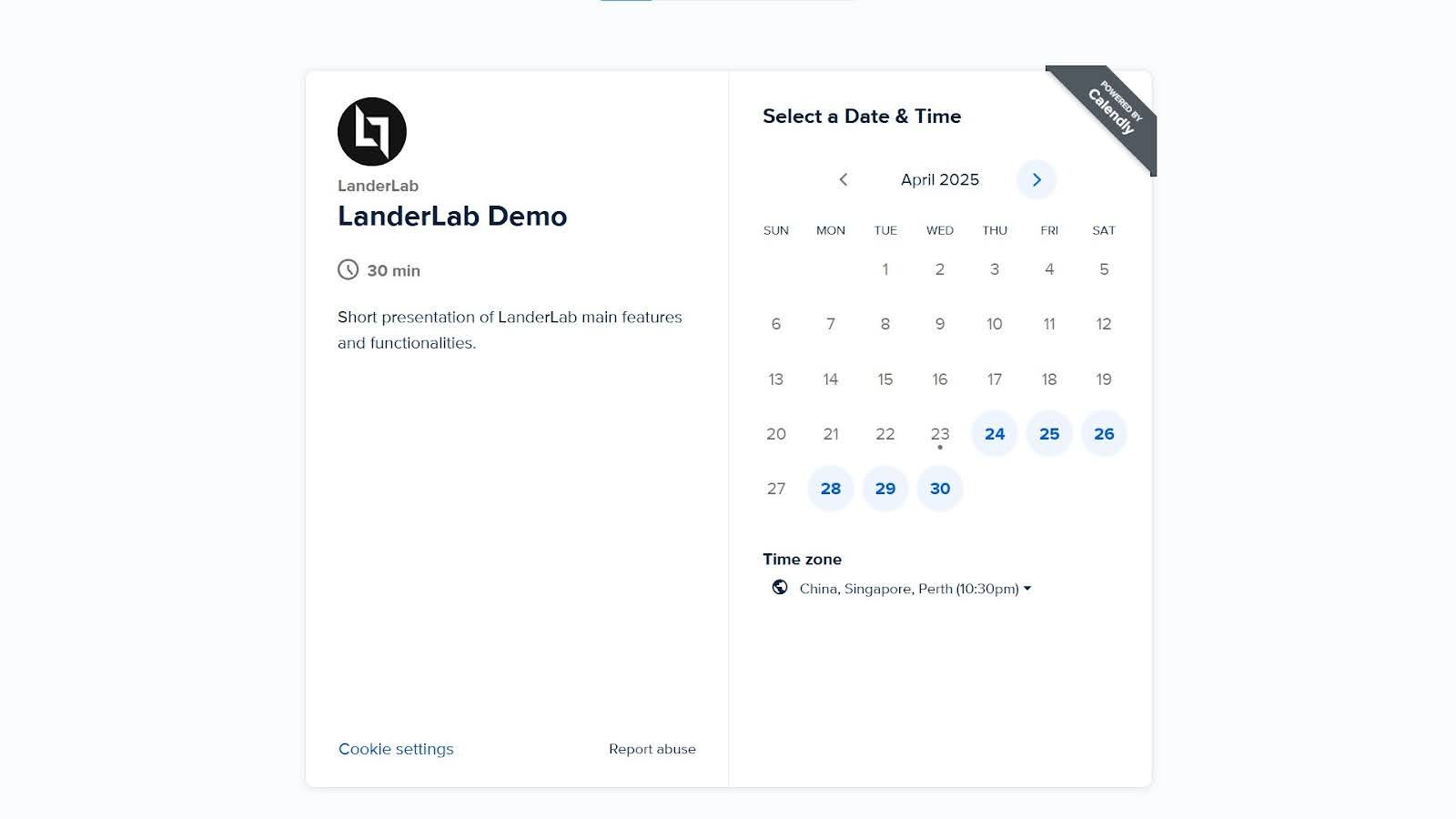
11. Utilizing Micro-Conversion Strategies
Rather than focusing exclusively on major conversions, develop graduated engagement pathways:
- Progressive Profiling System: Request minimal information initially, then gradually collect additional data through subsequent interactions, reducing initial friction while building comprehensive profiles.

- Engagement-Based Nurturing: Create automated workflows triggered by content engagement patterns rather than time-based sequences, responding to actual interest signals.
- Value-Exchange Ladder: Implement tiered content offerings that provide increasing value in exchange for deepening commitment, creating natural progression through your funnel.
- Low-Threshold Starting Points: Develop minimal-commitment entry points like content playlists, browser extensions, or simple tools that initiate relationships without significant barriers.
12. Creating Content People Can Interact With
Go beyond passive reading with formats that encourage participation:
- Augmented Reality Experiences: Develop immersive visualization tools that let prospects see your solutions in their own space before buying.
- Scenario Planning Tools: Build interactive simulations that help prospects explore different approaches, with your solution naturally included.
- Guided Assessment Frameworks: Create structured tools that help prospects compare their current situation to best practices, highlighting areas for improvement.
- Interactive Calculators: Create tools that help prospects measure potential outcomes or savings, giving personalized insights while gathering valuable data.
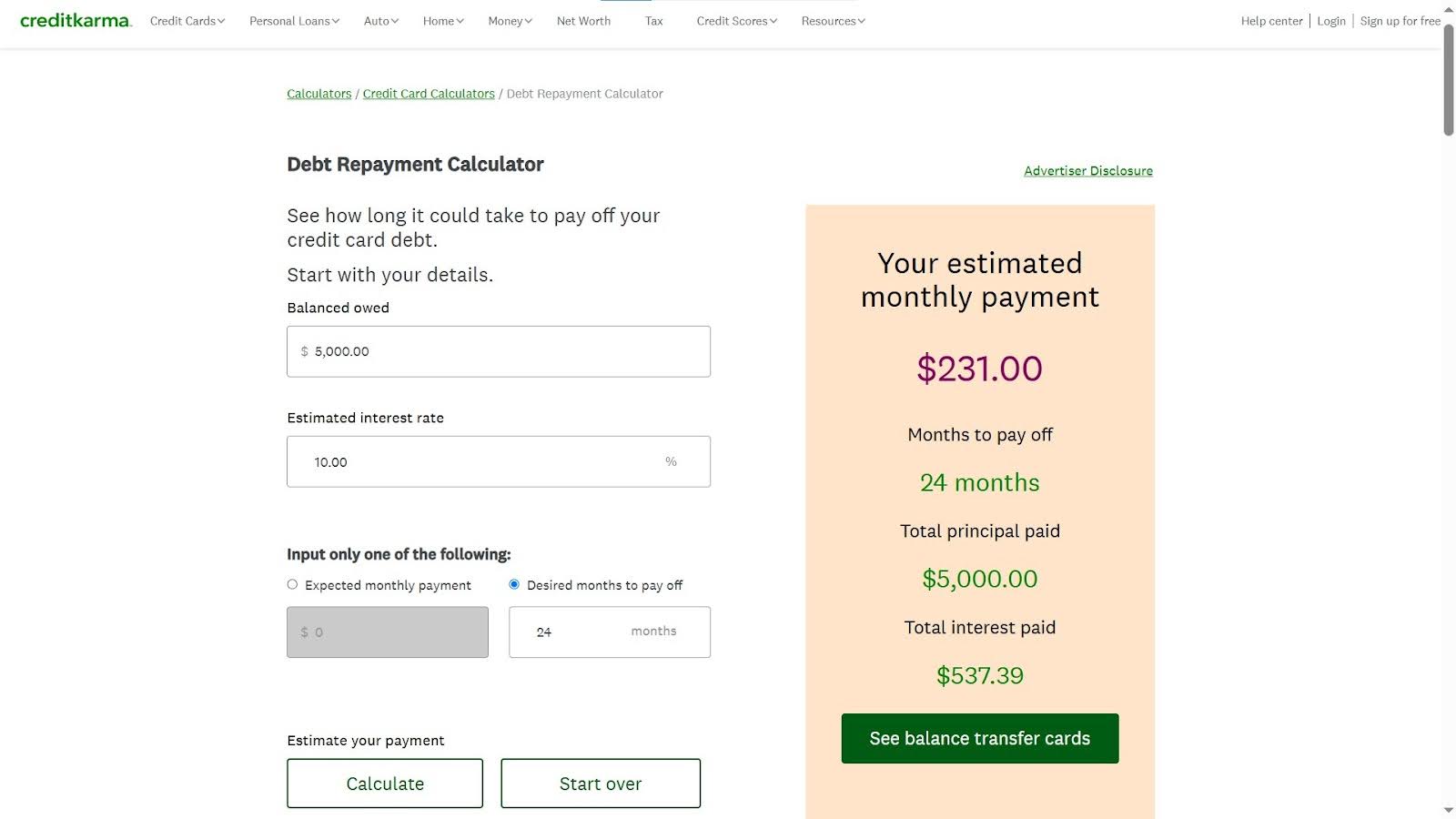
13. Carrying Out Account-Based Marketing (ABM)
For B2B contexts with clearly defined target accounts, complement broad inbound strategies to generate qualified leads with focused approaches:
- Custom Account Microsites or Landing Pages: Create personalized digital experiences for different types of audiences. For example, one of the webpages below targets affiliates, while the other targets lead generation businesses:

- Executive Insight Programs: Develop exclusive content series featuring thought leadership specifically relevant to target account priorities.
- Multi-Channel Account Orchestration: Coordinate personalized outreach across ads, email, mail, and sales contacts for a unified experience.
- Buying Committee Mapping: Identify different stakeholders within target accounts and create specific content for each, addressing their unique concerns.
14. Optimizing for Voice and Visual Search
Prepare for search beyond typing in keywords:
- Conversational Query Optimization: Format content around natural questions and provide clear answers that can appear as featured snippets and voice search results.
- Visual Search Readiness: Optimize images with descriptive filenames, alt text, and structured data to improve visibility in visual searches.
- Local Voice Search Strategies: Optimize for “near me” and local searches that are common in voice search, even for B2B businesses with physical locations.
- FAQ Schema Implementation: Use structured data to clearly mark questions and answers in your content, improving chances of being featured in search results.
15. Leveraging Data Privacy as a Competitive Advantage
As privacy concerns intensify, transform compliance into a relationship-building opportunity:
- Transparent Data Practices: Clearly communicate how prospect information will be used, building trust through honesty rather than obscuring data practices.
- Value-Forward Permission Marketing: Frame data sharing requests around specific benefits rather than generic opt-ins, helping prospects understand the value exchange.
- Progressive Trust Building: Start relationships with minimal data requirements, earning the right to request additional information through consistent value delivery.
- Privacy-Centric Lead Nurturing: Develop nurturing approaches that respect communication preferences and demonstrate responsible data stewardship.
16. Applying Predictive Assessment of Leads
Move beyond basic demographic and behavioral scoring with advanced analytics:
- AI-Powered Qualification Models: Implement machine learning systems that identify subtle patterns in prospect behavior that indicate purchase readiness. Hopsworks effectively shows a simplified architectural flow here:
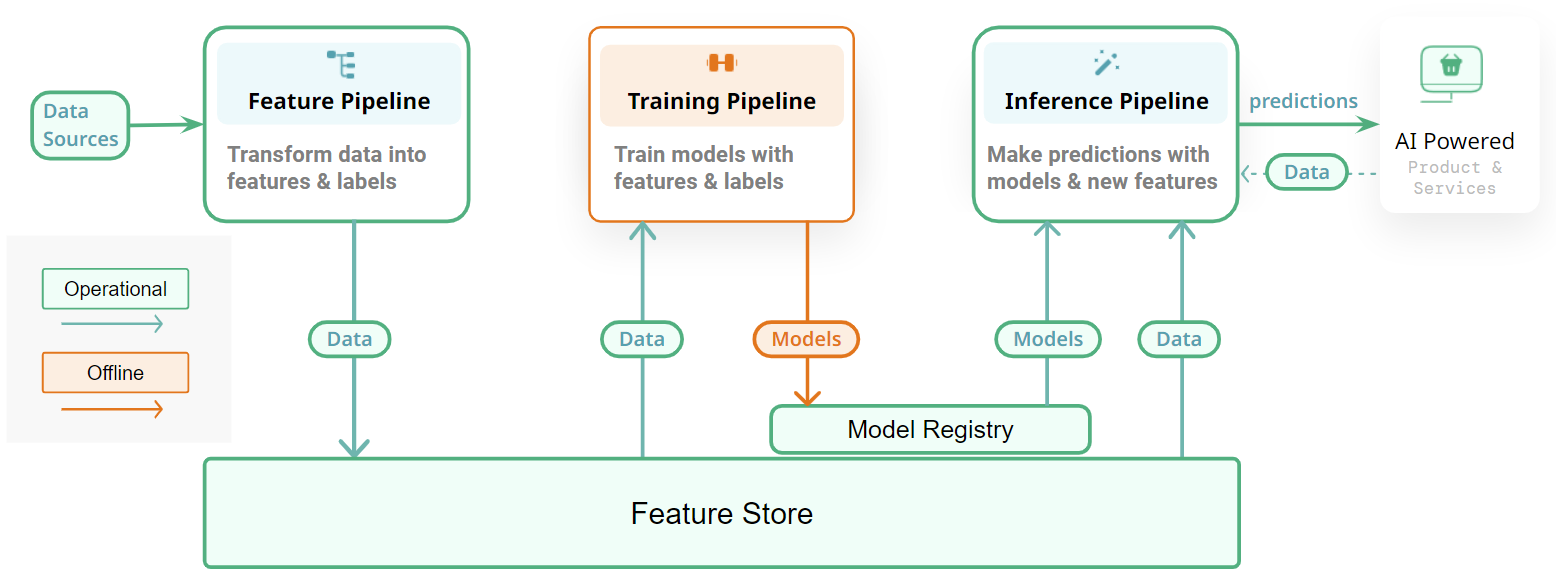
- Look-alike Modeling: Use characteristics of your best customers to identify similar prospects in your lead database who may show different but equally promising patterns.
- Buying Stage Prediction: Develop scoring systems that not only evaluate quality but predict current buying stage based on content consumption patterns.
- Churn Risk Assessment: Use predictive modeling to spot at-risk customers before they leave, allowing for proactive retention efforts.
Organizations can create better lead generation systems by combining new methods with proven strategies. These systems do more than just attract inbound leads—they build real relationships that naturally lead to sales.
The most successful programs continue to grow and adapt, using new technologies while following the basic idea of providing value before expecting anything in return.
Wrapping Up: Creating a Sustainable Inbound System
Inbound lead generation represents a fundamental shift from interruption to attraction, from product focus to customer focus, and from broad-spectrum messaging to precisely targeted communication.
This approach aligns perfectly with modern buying behavior, where consumers actively research solutions before engaging with companies. (Yes, they’re Googling you right now. Wave to the camera!)
Success requires a comprehensive approach that integrates:
- Deep understanding of your specific audience segments (not just “everyone with a pulse and a credit card”)
- High-quality content addressing different stages of the buyer’s journey
- Strategic conversion points that capture information appropriately
- Systematic lead generation process that nurtures relationships
- Aligned sales and marketing efforts that create seamless experiences (no more finger-pointing between departments!)
- Data-driven optimization that continuously improves performance
Organizations that master these interconnected elements create self-sustaining lead generation systems that deliver consistent results while adapting to changing market conditions.
Rather than viewing lead generation as a series of isolated campaigns, successful businesses implement integrated systems that improve through disciplined execution and ongoing refinement.
It’s not a one-hit wonder—it’s building a greatest hits album that keeps growing!
By positioning your organization as a helpful resource rather than just another vendor, you establish the credibility and trust necessary for long-term business relationships in today’s information-rich environment.
Prospects who discover your brand through helpful content view subsequent sales conversations as natural extensions of already-valuable relationships, creating smoother transitions from marketing to sales.
The most valuable aspect of inbound methodology isn’t just its ability to generate inbound leads—it’s the insights you gain about your customers through their interactions with your content.
These insights continuously refine your understanding of market needs, enabling increasingly relevant offerings and communications that strengthen your competitive position over time. And who doesn’t love a competitive edge? Game on!

